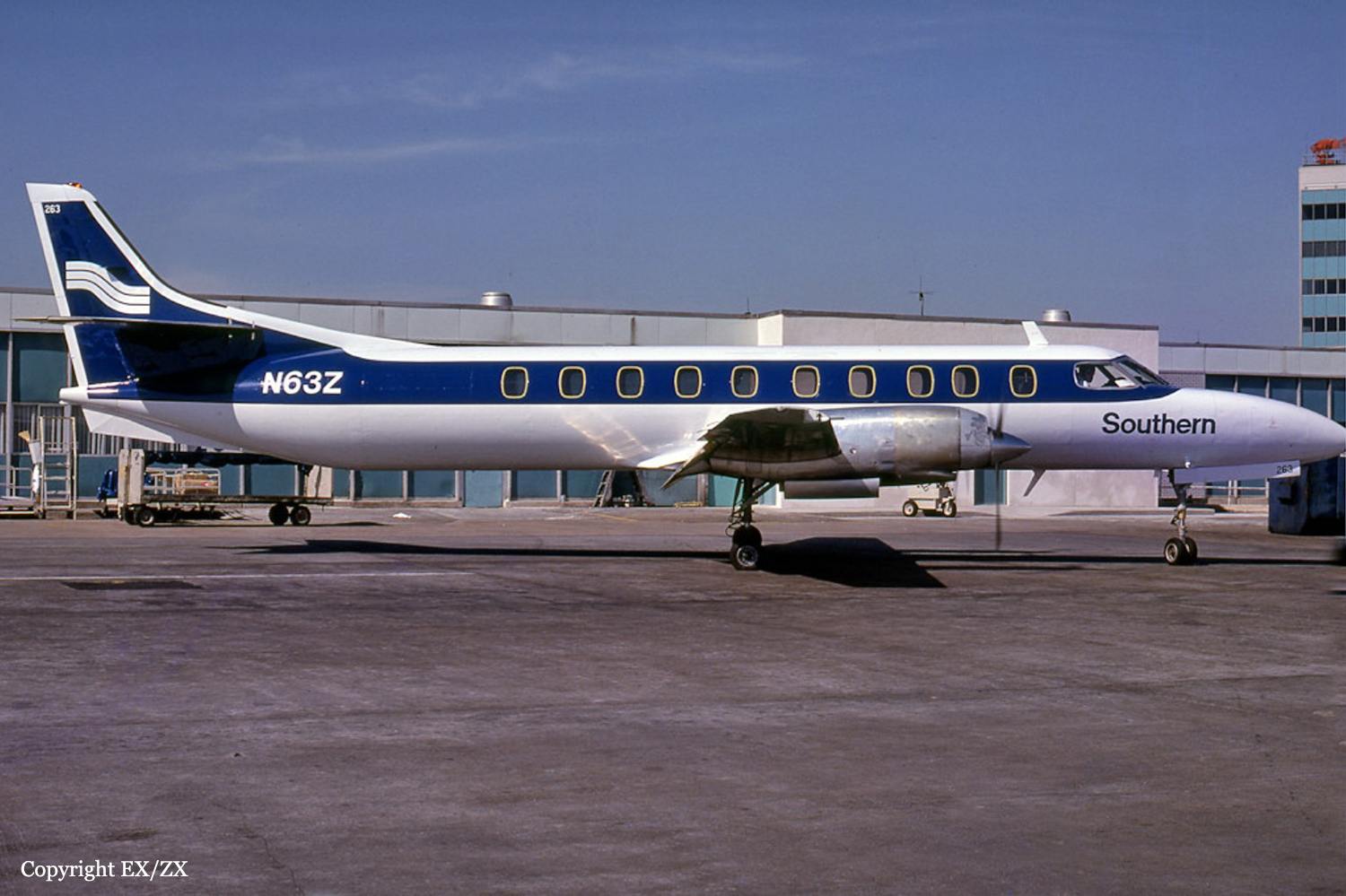Crash of a Piper PA-31P Pressurized Navajo in El Dorado: 1 killed
Date & Time:
Feb 26, 1984 at 1430 LT
Registration:
N33BP
Survivors:
Yes
Schedule:
Memphis – El Dorado – Vivian
MSN:
31-7400197
YOM:
1974
Crew on board:
1
Crew fatalities:
Pax on board:
1
Pax fatalities:
Other fatalities:
Total fatalities:
1
Captain / Total hours on type:
75.00
Aircraft flight hours:
2328
Circumstances:
The aircraft crashed into trees 2 miles short of the runway during an instrument approach in IMC weather. A pilot in the right front seat said that just prior to impact, the aircraft was descending at 2,500 fpm, and when he looked ahead, he saw trees. He said he yelled at the pilot to 'pull up' but the pilot did not react. The pilot was killed and the passengers was injured.
Probable cause:
Occurrence #1: in flight collision with object
Phase of operation: approach - faf/outer marker to threshold (IFR)
Findings
1. (f) weather condition - low ceiling
2. (f) weather condition - rain
3. (f) weather condition - fog
4. (c) ifr procedure - improper - pilot in command
5. (c) minimum descent altitude - below - pilot in command
6. Missed approach - not performed - pilot in command
7. (f) object - tree(s)
Phase of operation: approach - faf/outer marker to threshold (IFR)
Findings
1. (f) weather condition - low ceiling
2. (f) weather condition - rain
3. (f) weather condition - fog
4. (c) ifr procedure - improper - pilot in command
5. (c) minimum descent altitude - below - pilot in command
6. Missed approach - not performed - pilot in command
7. (f) object - tree(s)
Final Report:



